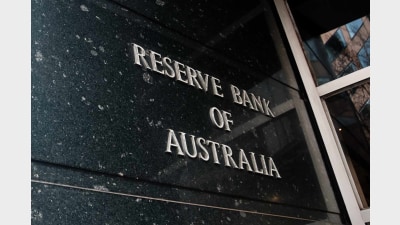The cost of delivering super


The critics of the fees and charges exacted by Australian superannuation funds inevitably overlook the costs entailed in delivering a quality product.
A lot has been said and written about costs and fees in the Australian superannuation industry in the context of the current Financial Systems Inquiry. Sadly, much of that discussion has been both simplistic and misinformed.
While there was certainly a time when it might have been argued that the fees and charges exacted by superannuation funds were too high, the simple facts of the matter are that over the past half-decade or so fees and charges have been headed south - something which has been made clear by research undertaken by Rice Warner for the Financial Services Council.
The Rice Warner research confirmed that the total fee rate for 2013 was 25 basis points lower than the 2002 expense rate. What the research also revealed was that it had been achieved without taking account of factors such as the introduction of MySuper and in circumstances where most funds had encountered a range of higher expenses around regulatory compliance and related member communications.
In other words, fees and charges in the industry have been coming down and this downward movement is likely to accelerate as the impact of MySuper begins to be fully felt.
All of which probably explains the position adopted by the Australian Prudential Regulation Authority (APRA) in its second submission to the Financial Systems Inquiry - one which not only addressed the dangers of taking a too simplistic view of superannuation fees and charges but argued that the MySuper regime needed to be given time to work.
While welcoming the inquiry’s focus on the efficiency of the superannuation sector and its costs and fees, the APRA submission argued that any assessment of the efficiency of the sector “must, however, be framed in terms of the ultimate outcomes achieved for members”.
“For any given pattern of contributions, members’ outcomes are driven primarily by investment performance, but insurance and other benefit design aspects, fees, costs, taxes and the form and timing of benefits taken by members are also relevant considerations. It is important to take into account all of these factors when making comparisons with other jurisdictions,” the APRA submission said.
In other words, the primary regulator of the superannuation industry believes that simply weighing the level of fees charged against investment returns is too simplistic and that all the other functions and services provided by superannuation funds need to be taken into account.
In this sense the regulator is right, because while investment returns are undoubtedly front and centre as the most important issue in the minds of most superannuation fund investors, insurance has increasingly been perceived as a key benefit along with access to other services, including financial advice.
The regulator is also right to argue that it is too early to assess what impact the implementation of MySuper will have on the broader industry and underlying costs and that if the regime is to be reviewed, then that should occur in a few years’ time “to allow a sufficient period for the reforms to be fully implemented”.
The superannuation industry has faced a good deal of scrutiny and pressure over the past 18 months, not least from those who have questioned whether it is deserving of a continuation of the tax breaks which have been central to its existence since it was first introduced by the Hawke/Keating Government.
The arguments around the value of the tax breaks were robustly countered by the former chief of staff to Treasurer, Paul Keating, Dr Don Russell when he told a Super Review Post Retirement and Investment forum that such arguments were based on the presumption that the superannuation guarantee regime would have continued to exist in the absence of such tax breaks.
The same might be said of those who criticise the level of fees and charges exacted by Australian super funds when compared to other jurisdictions. Those fees and charges are generally reflective of what it costs to appropriately service members in the Australian environment and, in any case, they have been coming down for at least a decade.
Recommended for you
High risk, high return assets will become dangerous options for superannuation funds under the Federal Government’s planned $3 million superannuation changes, writes Brad Twentyman.
Economic policy can no longer ignore the macroeconomic impacts of Australia's superannuation system and the emerging policy implications, writes Tim Toohey.
In an age where climate concerns and social consciousness dominate headlines, it’s no surprise that investors are increasingly seeking investments that align with their values, writes Simon O’Connor.
How profit-for-member superannuation funds can embed 'commerciality with a heart' and marry a member-first culture with commercial outcomes.













Add new comment